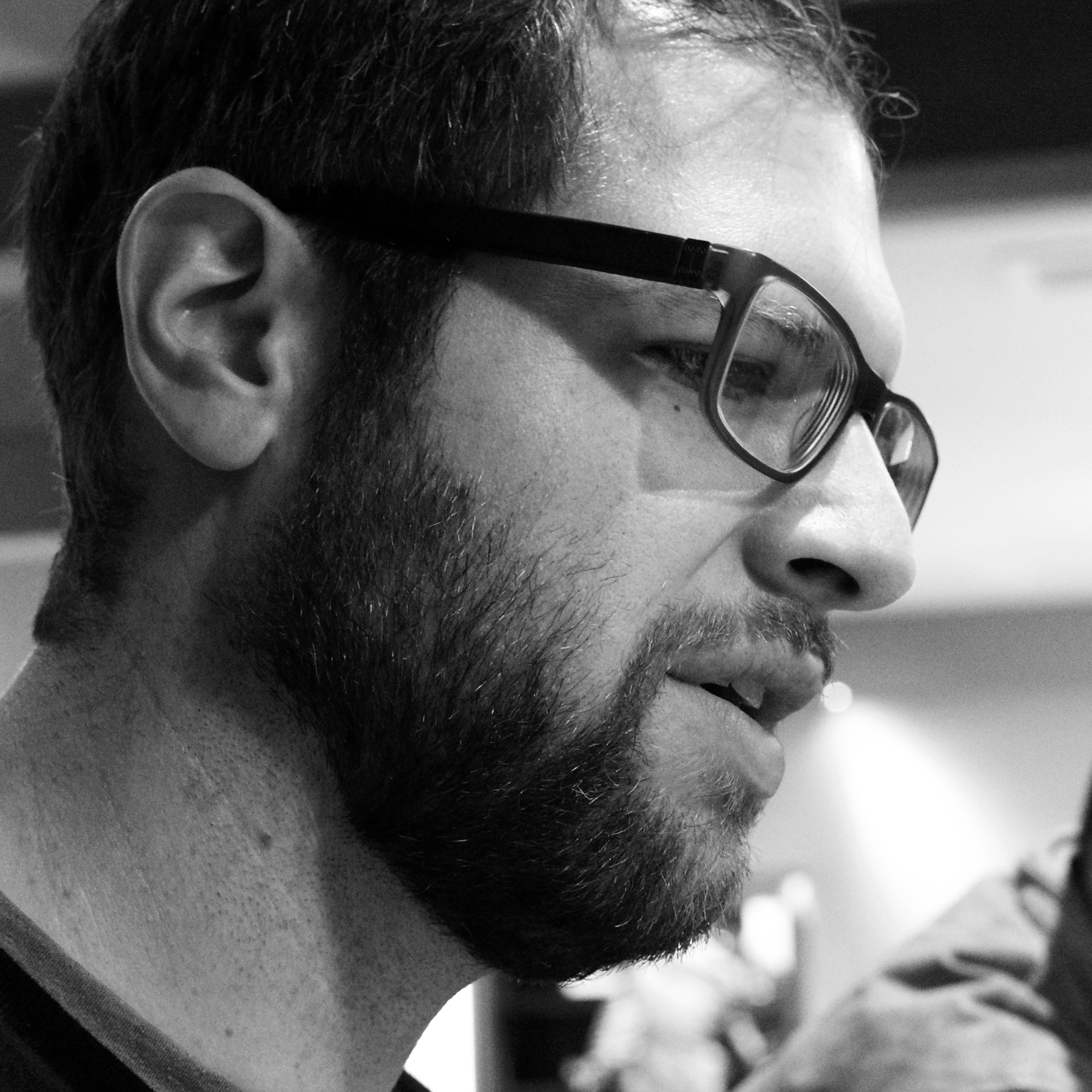If you want to understand Donald Trump, read this article. It pretty much nails the Donald Trump phenomenon:
In 2015, for the first time in decades, an angry, disaffected U.S. white working class has found its voice. Xenophobia, nationalism and bigotry are the dominant tones, so it is tempting for the rest of us to turn away in dismay. We should resist that temptation, because underlying the harsh words are real problems that extend well beyond our shores.
Western democracies may be on different decks, but we are all in the same boat. In a world of mobile capital and global labor markets, we have not figured out how to maintain jobs and incomes for workers with modest education and skills. In Europe the result has been sustained double-digit unemployment and a generation of young adults on the economic margins. The U.S. has made a different choice: large numbers of low-wage jobs that don’t offer the promise of upward mobility.
Beneath the dry statistics of the latest report from the Bureau of Labor Statistics, we can see that future emerging. Over the next decade, the service sector will provide 95% of all the new jobs. Manufacturing, which shed more than two million jobs between 2004 and 2014, will shrink by an additional 800,000, to only 7% of the workforce. Of the 15 occupations with the most projected job growth, only four ask for a bachelor’s degree; eight require no formal education credentials; nine offer median annual wages under $30,000.
Few Americans know these statistics, but most of them are living the reality they represent. Since the beginning of the 21st century, the economy has ceased to work for households at and below the middle. A recent report from the Pew Research Center finds that the median income for middle-income households is about where it was in 1997. For lower-income households, median income stands where it did in 1996.
When we look at wealth, the picture is even darker. Since the early 1980s, adjusted for inflation, the median net worth of upper-income families has almost doubled. For middle-income families, by contrast, the story has been stagnation: $96,000 in 1983, $98,000 in 2013. Lower-income families had under $12,000 three decades ago, and even less today.
It’s hard not to quote the whole thing. But the advice to the parties should be noted:
The message to the Republican establishment is clear: If you cannot find a responsible way of responding to the concerns of voters you have spent decades attracting to your party, you will lose control—and you will deserve to.
But there is also a message for the professional elites who have flocked to the Democratic Party: Cultural liberalism is not enough. Without a plan that offers the hope of a better life for Americans born to fewer advantages, populism, not progressivism, could capture the future.
“Cultural liberalism is not enough.” So often I feel like professional liberals only pay lip service to, or simply ignore, the structural problems of the economy. Instead they spend all their time on issues like climate change or gay rights, when millions of people are struggling to make ends meet. Those other issues are important, but how much will people care about climate change if they can barely pay their bills?
I still think Donald Trump will fail to win a single state, but the problems underlying his popularity are deep and real and hard to solve. If not Trump, it will be someone else, possibly worse, unless the mainstream parties start addressing these issues.
